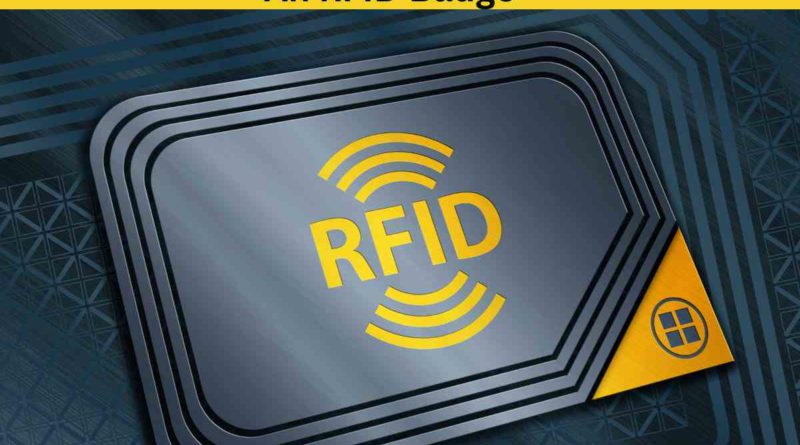An RFID Badge: Exploring its Relation to Authentication Methods
In the realm of modern technology, the need for secure and efficient access control has become paramount. To achieve this, various authentication methods have been developed and implemented in different settings. One such method is the use of RFID badges. Radio Frequency Identification (RFID) technology has gained popularity as an access control solution in diverse environments. In this article, we will explore the relationship between an RFID badge and authentication methods, understanding how this technology plays a crucial role in providing secure and convenient access.
Understanding RFID Technology
Before diving into the connection with authentication methods, let’s first grasp the basics of RFID technology.
RFID Tags and Readers 🔍
RFID systems consist of RFID tags and RFID readers. Tags are small devices that contain unique identification information, and readers are used to communicate with the tags.
Wireless Communication 🌐
RFID tags operate via wireless communication, allowing data exchange between the tag and the reader without the need for direct physical contact.
Types of Authentication Methods
In access control scenarios, several authentication methods are utilized to verify the identity of individuals seeking entry.
1. RFID Authentication 📟
RFID badges themselves can serve as a form of authentication. When an individual presents their RFID badge to an RFID reader, the system verifies the tag’s information, granting or denying access based on the data received.
2. Passwords and PINs 🔒
Another common authentication method is the use of passwords or Personal Identification Numbers (PINs). Users must provide a specific code to gain entry.
3. Biometric Authentication 👤
Biometric authentication involves using unique physiological characteristics, such as fingerprints or facial recognition, to verify identity.
4. Two-Factor Authentication (2FA) 🔄
2FA combines two different authentication methods, such as a password and a fingerprint scan, to enhance security.
The Role of RFID Badges in Authentication
Now that we understand authentication methods let’s focus on the role of RFID badges in this context.
1. Access Control 🚪
RFID badges are commonly used for access control in buildings, offices, and restricted areas. Employees or authorized personnel can use their badges to gain entry, streamlining the process and enhancing security.
2. Contactless Convenience 💫
One of the primary benefits of RFID badges is their contactless nature. Users can simply hold their badges near the reader, making the process quick and convenient, especially in high-traffic environments.
3. Integration with Other Methods 🔄
RFID badges can be integrated with other authentication methods, such as PINs or biometric scans, to create a multi-layered security approach.
Follow Us On NewUsaNews Facebook Page
Security Considerations
While RFID badges offer convenience and efficiency, security considerations are essential.
1. Encryption and Privacy 🔒
To ensure data privacy and prevent unauthorized access, RFID systems often utilize encryption protocols.
2. Protection Against Cloning 🛡️
Measures should be taken to safeguard against RFID badge cloning, where malicious individuals attempt to replicate legitimate tags for unauthorized access.
Conclusion
In conclusion, RFID badges play a vital role in authentication methods, particularly in access control scenarios. Their contactless convenience and integration capabilities make them a popular choice in various environments. By providing a secure and efficient means of verification, RFID technology contributes significantly to access control and identity verification.
As technology continues to advance, RFID technology will likely evolve, incorporating additional security features and further enhancing its role in authentication methods.
